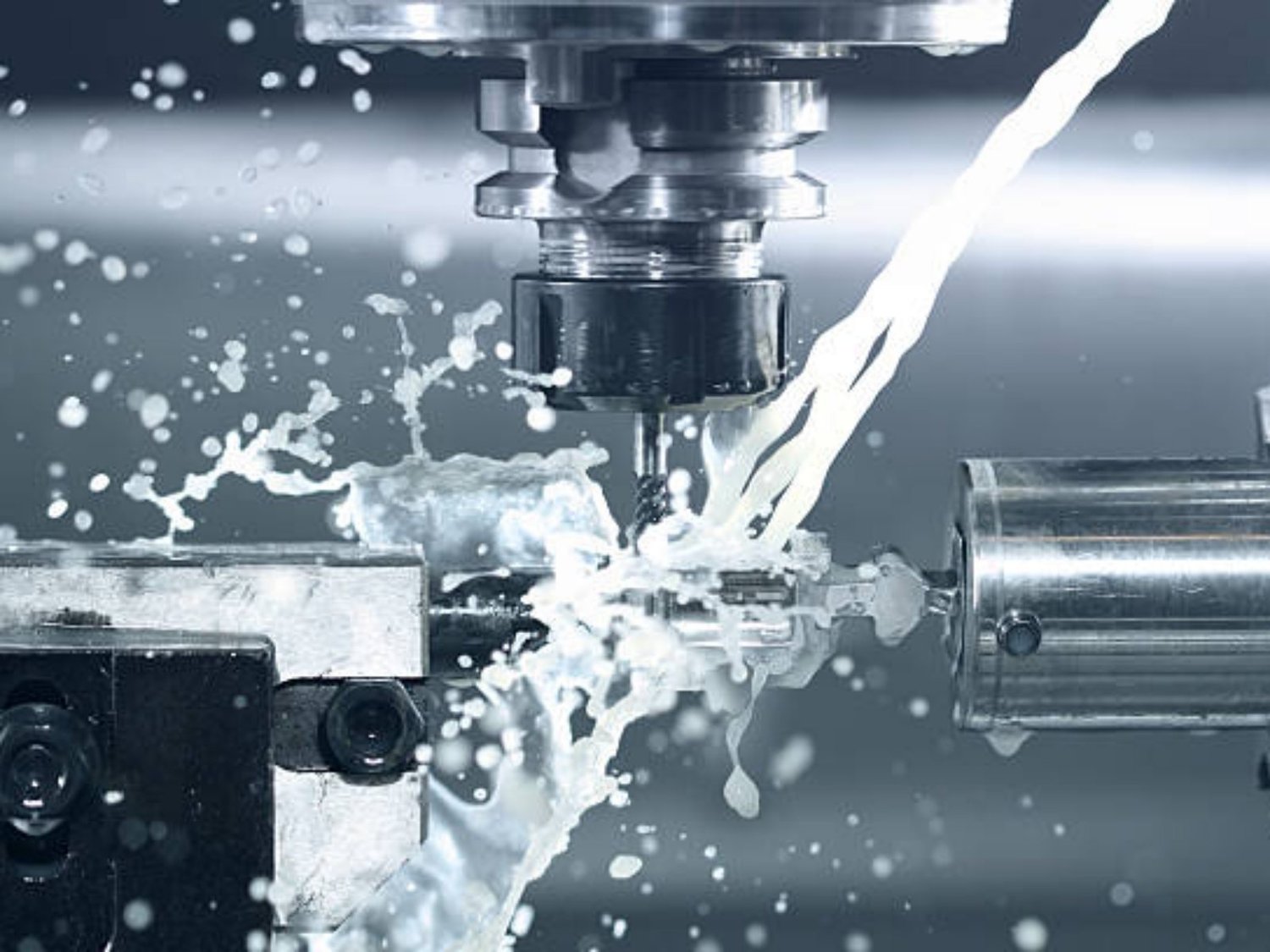The Ultimate Guide to CNC Production: Everything You Need to Know
When it comes to manufacturing, CNC production has revolutionized the industry. CNC stands for Computer Numerical Control, and it refers to the use of computers to control machines in the manufacturing process. This technology has significantly improved efficiency, accuracy, and productivity in various industries. In this comprehensive guide, we will explore the different aspects of CNC production and how it has transformed the manufacturing landscape.
1. What is CNC Production?
CNC production is a manufacturing process that utilizes computer-controlled machines to produce precise and complex parts. Traditional manufacturing methods often rely on manual operation, which can be time-consuming and prone to human error. With CNC production, the entire process is automated, allowing for greater precision and consistency. These machines can be programmed to execute specific tasks, such as cutting, drilling, milling, and shaping materials like metal, plastic, and wood.
2. The Advantages of CNC Production
CNC production offers several advantages over traditional manufacturing methods. Firstly, it enhances productivity by reducing production time and increasing the speed of operations. Since the machines are computer-controlled, they can work continuously without the need for breaks or rest. Additionally, CNC machines can produce parts with a high level of accuracy and consistency, ensuring that each piece meets the required specifications. This precision also reduces material wastage and minimizes the need for reworks or corrections.
3. The CNC Production Process
The CNC production process consists of several stages, each contributing to the overall manufacturing process. It starts with the design phase, where engineers create a digital model of the desired part using computer-aided design (CAD) software. The CAD file is then converted into a format that the CNC machine can understand. Next, the machine is set up and the material is loaded onto the worktable. The CNC machine then follows the programmed instructions to execute the necessary operations, such as cutting or drilling. Finally, the finished part is inspected for quality assurance before it is ready for use.
4. Applications of CNC Production
CNC production has found applications in various industries, ranging from automotive and aerospace to electronics and medical device manufacturing. In the automotive industry, CNC machines are used to produce engine components, chassis parts, and interior fittings. Aerospace companies rely on CNC production to fabricate complex structures and precision parts for aircraft and spacecraft. The electronics industry utilizes CNC machines to manufacture circuit boards, connectors, and other electronic components. CNC production also plays a crucial role in the medical field, where it is used to create implants, prosthetics, and surgical instruments.
5. Important Factors in CNC Production
Several factors contribute to the success of CNC production. One of the key considerations is the choice of materials. Different materials have varying properties, such as hardness, heat resistance, and machinability, which can affect the machining process. It is essential to select the appropriate tooling and cutting parameters to ensure optimal performance and longevity of the cutting tools. Additionally, the programming of the CNC machine needs to be accurate and precise, taking into account factors such as tool paths, feed rates, and spindle speeds. Regular maintenance and calibration of the CNC machine are also crucial to maintain its performance and accuracy.
6. Future Trends in CNC Production
The field of CNC production is constantly evolving, with new advancements and technologies being introduced regularly. One of the emerging trends is the integration of artificial intelligence (AI) and machine learning into CNC machines. This enables the machines to learn and adapt to different manufacturing scenarios, optimizing their performance and efficiency. Another trend is the development of hybrid machines that combine additive manufacturing (3D printing) with CNC machining, allowing for greater design freedom and flexibility. The use of robotics and automation in CNC production is also expected to increase, further enhancing productivity and reducing human intervention.
7. Challenges in CNC Production
While CNC production offers numerous benefits, it also comes with its own set of challenges. One of the main challenges is the initial investment required to set up a CNC production facility. CNC machines are expensive, and the cost of training operators and programmers can be significant. Additionally, the complexity of CNC programming can be daunting for beginners, requiring specialized skills and knowledge. Another challenge is the risk of cybersecurity threats, as CNC machines are connected to computer networks and can be susceptible to hacking or unauthorized access.
8. The Role of CNC Production in Industry 4.0
CNC production aligns with the principles of Industry 4.0, which refers to the fourth industrial revolution characterized by the integration of digital technologies in manufacturing. The use of CNC machines fits perfectly into the concept of smart factories, where machines, systems, and processes are interconnected and communicate with each other. CNC production enables real-time data collection, analysis, and optimization, leading to increased efficiency, reduced downtime, and improved decision-making.
9. The Future of CNC Production
CNC production is poised to continue its growth and dominance in the manufacturing industry. As technology advances, CNC machines will become more powerful, efficient, and versatile. The integration of IoT (Internet of Things) and cloud computing will enable real-time monitoring and remote control of CNC machines, allowing manufacturers to access production data from anywhere in the world. Furthermore, advancements in materials science and 3D printing techniques will open up new possibilities for CNC production, enabling the fabrication of complex and customized parts with ease.
10. Conclusion
CNC production has revolutionized the manufacturing industry, offering unparalleled precision, efficiency, and productivity. With its ability to automate complex tasks and produce high-quality parts, CNC production has become an essential technology in various sectors. As the industry continues to evolve, we can expect further advancements and innovations that will shape the future of CNC production and manufacturing as a whole.

